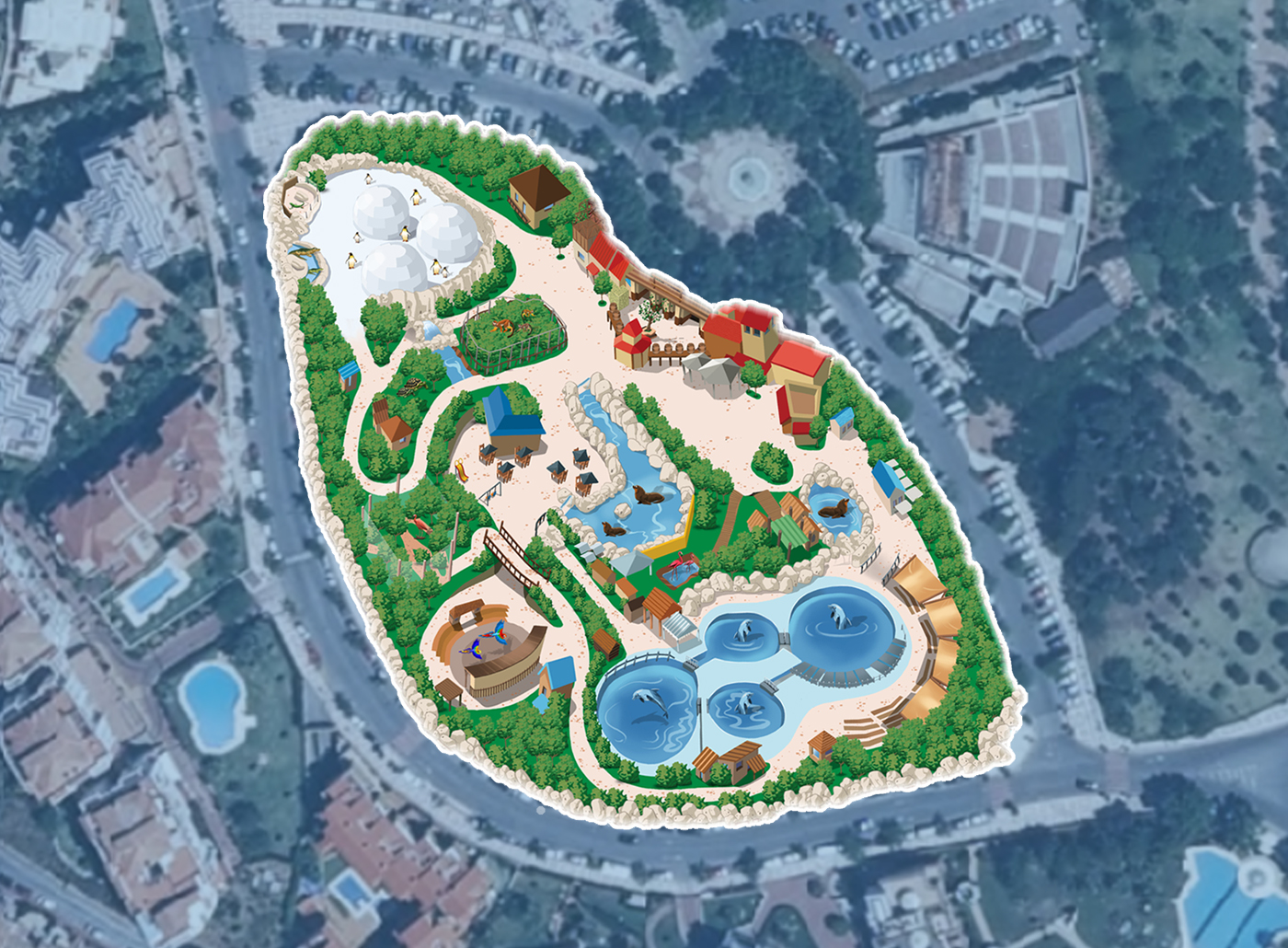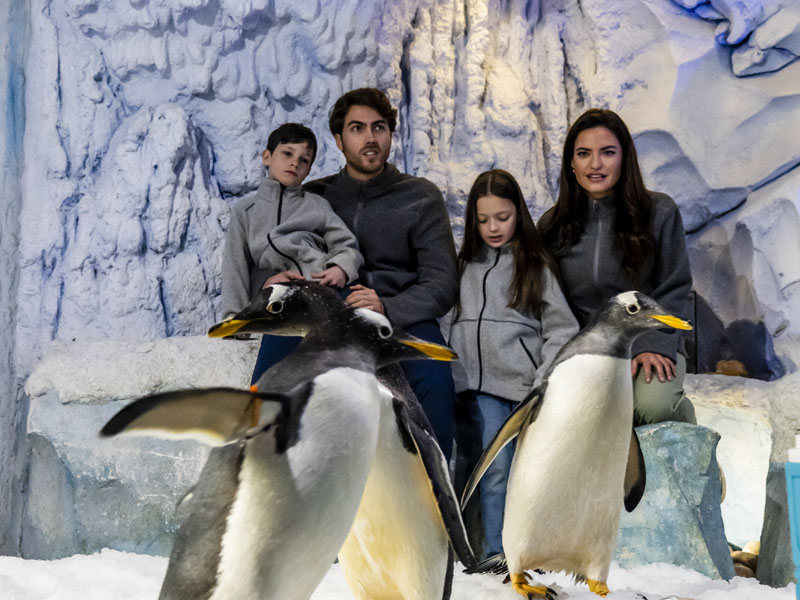Offer 2x1 for a limited time only on this link!








King Penguin


























